One of the most important things to consider and look at when purchasing your food, is the quality of the items you are buying. This guide will help you to navigate meats, veggies, fruits and fats.
The term “natural” is grossly over-used in food labeling and marketing. It is meant to imply that these foods are minimally processd and do not contain manufactured ingredients, but there is no legal standard. If you are not sure how to tell whether the meat you are eating was naturally raised and fed, look for terms like -grass-finished or grass-fed, pastured, certified organic, hormone- and antibiotic-free, and wild-caught. If you don’t see them, assume that your meat, seafood, or eggs were industrially raised. – Food Matters
Grass-Fed
Most beef cows in America are raised for a short time on grass and then “finished” in confined feeding areas with a diet of grain that is unnatural to them, which boosts E. coli counts in their guts, and which encourages the spread of disease. Grass-fed beef cows eat grass their entire lives, as cows evolved to do. Because their lifecycle isn’t accelerated with hormones, animals mature in the spring when forage is bursting with new growth, seeds and nutrients. Those nutrients end up in the meat and result in a healthy and delicious product. Some research suggests grass-fed beef has more nutrients as a result — as much as 10 times more beta-carotene, three times more Vitamin E and three-times more omega-3 fatty acids. (Source) 100-percent grass-fed animals typically aren’t given hormones or antibiotics.
A report from the Union of Concerned Scientists, written by a UC Berkeley researcher, concluded that beef from pastured, grass-fed cattle contains lower total fat than factory-farmed meat. It also has higher levels of omega-3 fatty acids and Conjugated Linoleic Acid (CLA). Scientific studies have shown that omega-3 fatty acids lower the risk of heart attacks, lower blood pressure, and improve vital brain functioning, while CLAs may lessen the chance of getting cancer. Milk from pastured cows also has higher levels of CLAs. (Source)
Pasture-Raised
Cows, pigs, and chickens are not trapped in factory farms. Instead they live their lives outdoors, eating their natural diet of grass and other wild foods. As a result, they do not get sick from eating corn and grain, nor are they pumped full of hormones and antibiotics. Pasture-raised meat also has much less fat than factory-farmed meat, especially fats that are unhealthy for humans. Pastured chicken has up to 20 percent less total fat, less saturated fat, and 28 percent fewer calories than factory-farmed chickens. Eggs from pastured chickens also have 10 percent less fat, 40 percent more vitamin A, and 400 percent more omega-3s, according to research from Iowa State University. (Source)
Wild-Caught
Wild-caught fish actively hunt their food and swim freely in their natural environment, whereas large volumes of farmed fish are concentrated in a relatively small space that limits their movement. Since wild-caught fish are more active than farmed fish, they typically produce leaner meats that are lower in saturated fat. Wild-caught fish eat kelp, algae, seaweed, fish, and other organisms in their natural environment that their bodies can easily metabolize. The diets of farmed fish typically include genetically modified monocrops such as soy, corn, and canola that are not found in their natural environment and are typically nutrient-poor compared to their natural diet. Since wild-caught fish eat a more varied and natural diet, they tend to be higher in most vitamins and minerals than farmed fish.
Cold-water fatty fish tend to have the highest concentrations of healthy omega-3 fatty acids as compared to other species of fish. Within a species, wild-caught fish tend to have a healthier ratio of omega-3 to omega-6 fatty acids than farmed fish.
Contaminants from industrial fish farming methods – such as antibiotics, hormones, PCBs, neurotoxins, pesticides and other toxins – have been found in farmed fish. Larger species of wild-caught fish that are higher on the food chain are often found to be contaminated with mercury and other industrial toxins. It is difficult to say whether the toxins found in farmed fish are more or less dangerous than those found in wild-caught fish, though the risk of mercury contamination in fish can be reduced by eating smaller species of fish that are lower on the food chain. (Source)
Eggs
Best: pasture raised from a local farm
Better: Organic Omega 3, free-range
Good: Organic
Baseline: Commercial (hormone/antibiotic free)
It is important to note, free-range chickens are not necessarily free-range. Most, in fact, never actually go outside. The free-range designation only requires that the chickens have “access” to the outdoors.
Poultry (Chicken, Turkey, Duck, etc.)
Best: pasture raised from a local farm
Better: organic, air-chilled
Good: organic
Baseline: lean commercial (hormone/antibiotic free)
Beef
Best: 100% grass-fed (never ate grain), local
Better: grass-fed (read the farm’s feeding information – some grass-fed animals have SOME level of grain in their diet)
Good: lean organic
Baseline: lean commercial (hormone/antibiotic free)
Pork
Best: pasture raised from a local farm
Better: organic
Baseline: commercial (hormone/antibiotic free)
Lamb
Best: 100% grass-fed from a local farm
Better: organic
Baseline: commercial (hormone/antibiotic free)
Seafood
Best: wild-caught
Better: humanely harvested, non-grain fed
Baseline: farm-raised
Fruit & Vegetables
Best: organic, local & seasonal
*Better: local
*Good: organic
Baseline: organic
Nuts & Seeds (Includes Nut & Seed Butters/Pastes)
**Best: organic, raw/unpastureized
Better: conventional, raw
Baseline: roasted conventional
Fats & Oils
Best: organic, extra virgin, cold-pressed
Better: organic
Baseline: conventional
Dairy
Best: organic, grass-fed, raw/unpasturized
Better: grass-fed
Good: organic
Baseline: conventional
*Local food is not necessarily organic, nor is it required to meet federal organic standards. However, many local farmers have environmental goals similar to those of organic farmers. And because local farming is just that — local — consumers also have the opportunity to ask farmers about agricultural practices. The decision to buy organic or local foods is not a simple one. This article explores the pros and cons of both options.
** There is a significant difference between eating raw, minimally processed nuts and seeds and highly refined seed oils. Raw nuts and seeds contain a wide range of micronutrients, many of which act as antioxidants. So as long as the nuts and seeds have not been extensively heated or refined, these antioxidants should help to prevent oxidation before consumption. – Food Matters
To receive daily health tips and gluten-free, grain-free, dairy-free and sugar-free meal/snack ideas, like us at www.facebook.com/wholefoodrealfood.
– “When you know better, you do better.”
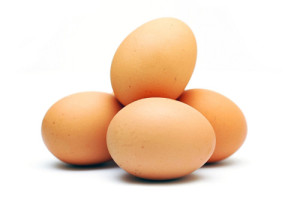
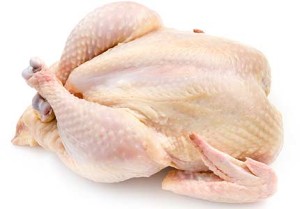
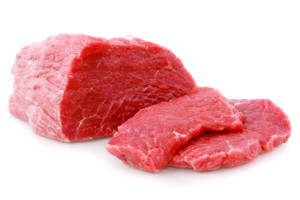
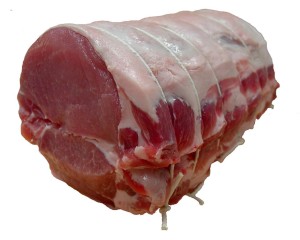

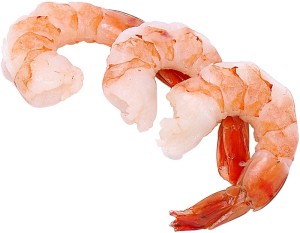
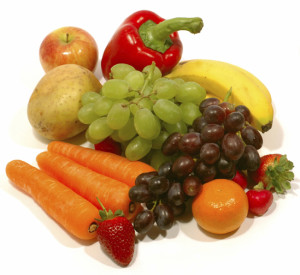
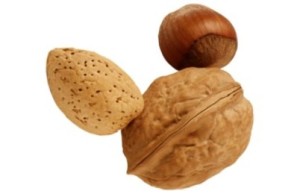
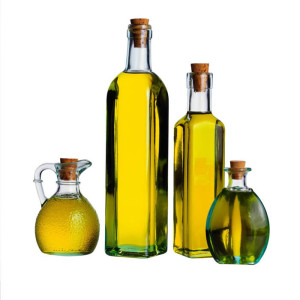
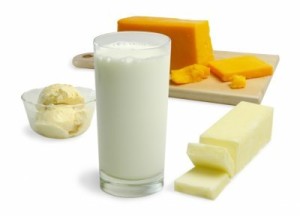

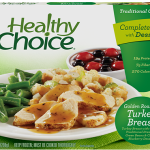
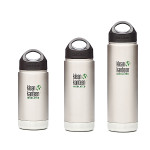
I pay a visit every day some blogs and blogs to read articles or reviews, except this blog provides feature based writing.